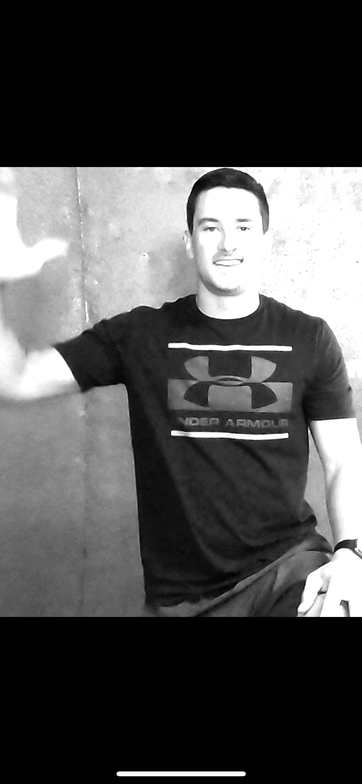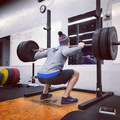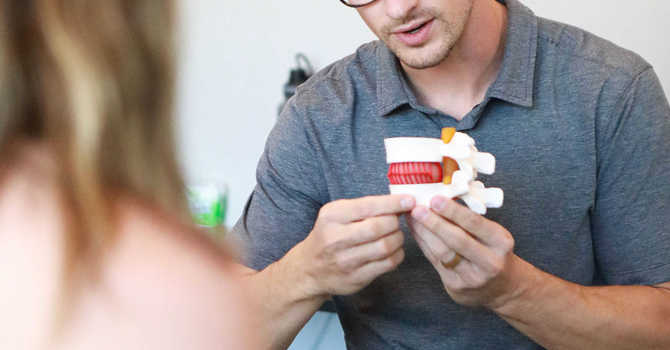
Shoulder pain?
Today I want to take the time to talk about one of the most common complaints in my practice, Shoulder Pain.
Specifically Anterior Shoulder Pain-
Most commonly this presents itself when you go to reach over your head but you get immediate pain on the front of your shoulder. The shoulder is a very mobile joint which in turn causes it to be an unstable joint unless properly strengthened, and let’s be honest, they are often forgotten about and we work through the pain.
I have found that helping my patients understand why they are in pain, from an evidence based practice, is the key to getting rid of the pain. When we boil it all down, the mechanism is most commonly due to there not being enough space in the shoulder joint for things to move properly. Whether we have a slouched posture, irritated rotator cuff muscle (acute and chronic), tight pecs or biceps… the shoulder is being pulled up into the joint, compressing soft tissue structures that then refer the pain signal. So, the goal is to increase neuromuscular control, stabilize the joint, and work in a pain free zone that then becomes habitual.
I wanted to go over a few things that might help identify the cause of pain and then how to strengthen it accordingly. Now, this blog is for shoulders that are deemed as “healthy” and NOT to be utilized following trauma or history of surgeries near or around the shoulder until properly evaluated. Check out the links below for detailed videos!
POSITION- IS EVERYTHING.
Too often we find people slouching from their desk jobs, childcare, and just overall fatigue. When we slouch in our upper back, this makes the shoulders rounded forward making for decreased active range of motion (AROM). So if we slouch and try to elevate the arm we get a lot of pinch points, could be painful, could be just where it ends.
If we stop slouching and sit-up nice and tall, our shoulders will begin to move back. From here it is very important to try and pinch the shoulder blades together and flatten them on the rib cage. We can think about this as pinching a penny between our shoulder blades and then pulling the scapula down into your back pocket. - now the shoulder is in a stable, strong, packed position.
From this position we are now ready to engage with exercise. First thing we are going to talk about is a half kneeling landmine press. This is a great strength training progression to lifting things over our head. This doesn't just have to be for athletes, this goes for putting dishes away, folding clothes, anything overhead.
- In a half kneeling position, practice sitting up nice and tall, squeezing the glutes, locking in our core, and then stack the shoulder like previously described. Once that feels normal we move on to the exercise.
- Typically with a bar in a corner or landmine press apparatus, staying in that kneeling position, we grab the barbell and hold it shoulder height, with our shoulder in the safe, strong, stable, stacked position. From here, we press the barbell up and forward. When we get to the top we want to finish the exercise by pushing the shoulder up and out. Think of your shoulder blade rotating counter-clockwise.
- Now, we have to control the bar back down into that stable packed position so that you are ready to repeat the exercise. I like to have my patients perform the exercise until they feel the burn. Do at least three sets a day while trying to maintain a good upright position and not slouch during the day as well.
*It is helpful for an in person evaluation to make sure you are feeling the tension in the appropriate spots but certainly not mandated. I would perform this exercise for a week and then progress to an Inverted Kettlebell Waiter’s Carry.
This exercise is best started in the half kneeling position (squeeze the glutes, brace the core) again and holding the carry in a static position ensuring that you are stable enough to carry forward with the exercise.
- In the scapular plane (not holding the kettlebell directly in front of you or out to the side, somewhere in the middle)Squeeze the kettlebell tight, press it to the ceiling and try to walk 15 yards and back.
- The whole time thinking about bracing your core, stacking that shoulder, looking up if you need to help it stabilize, keep it from wobbling, keeping that shoulder up by your ear.
- Do this on both sides till you feel the burn, then rest, and repeat.
The next progression would be an Inverted Kettlebell Press.
This takes a lot of stabilization in the shoulder joint. There is no need to try and go real heavy, remember we are training stability in ORDER TO GET BACK mobility.
- In the scapular plane, invert and squeeze the kettlebell.
- From a nice stacked position, like we have talked about, stabilize your core, keep your tall upright position.
- Press the kettlebell up to the ceiling, not allowing the kettlebell to sway side to side (looking up at it helps you stabilize it).
- Finally control the kettlebell back down, check your position, and go again.





